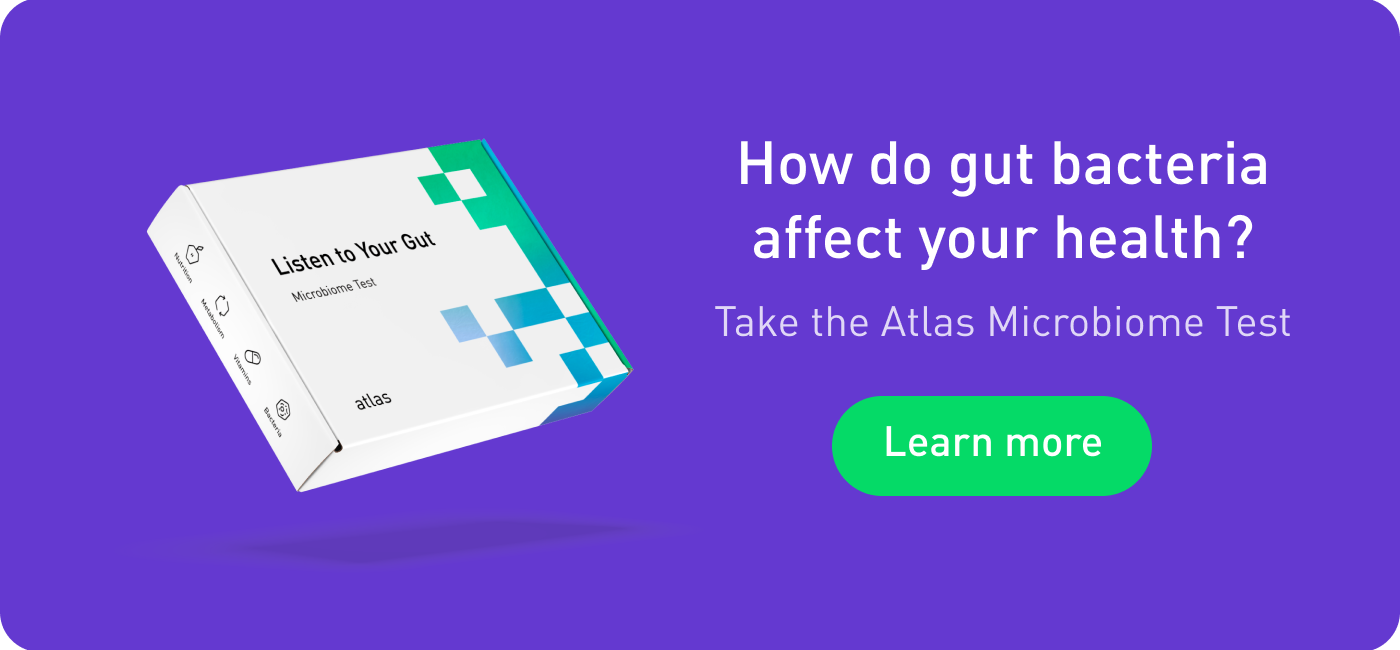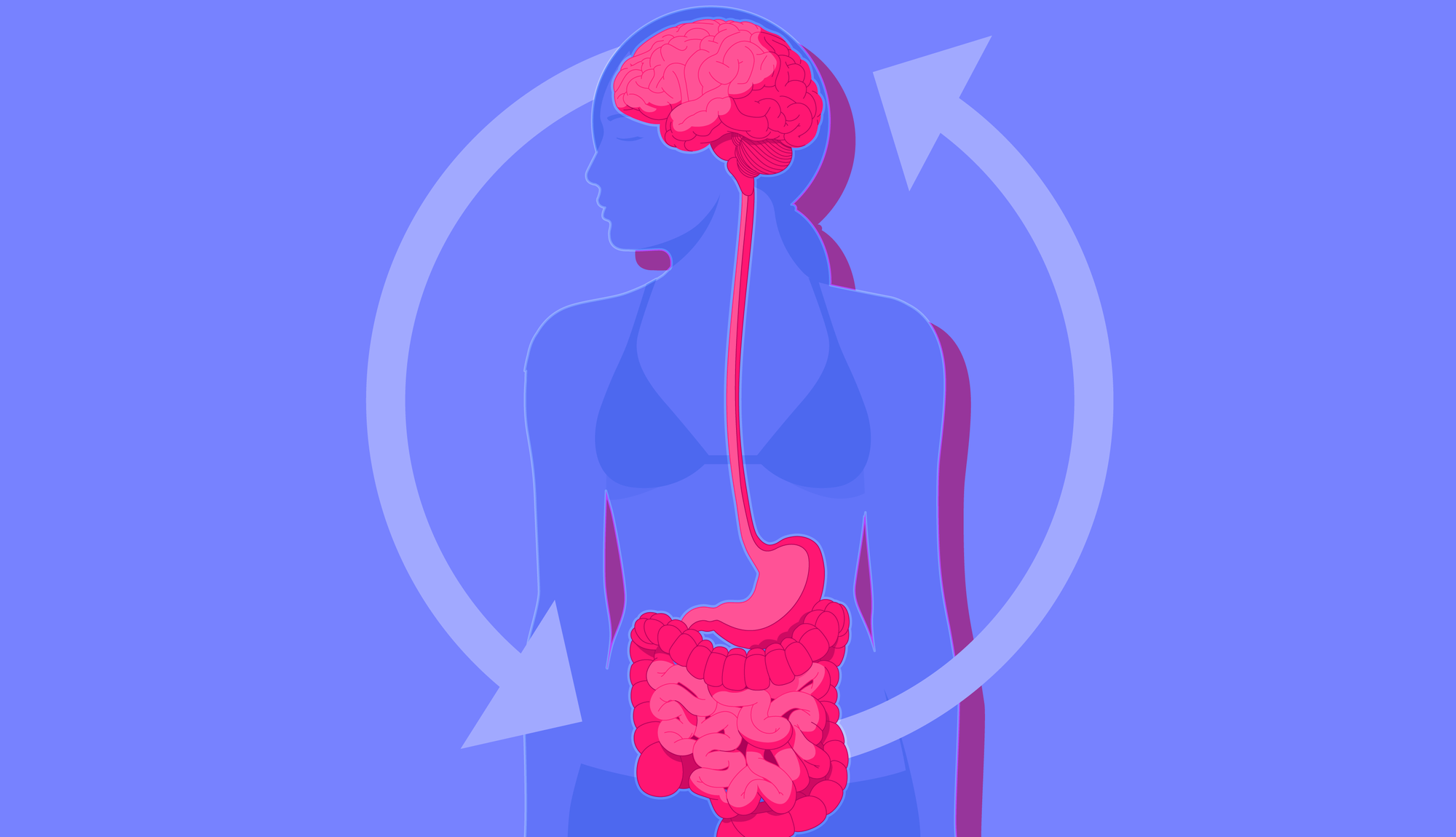Your gut bacteria is what you eat, but can they influence your food cravings to get a say at the table? Keep reading to find out.
Table of contents
- Food cravings: Is microbial manipulation to blame?
- The evidence so far
- Every bacteria for himself
- Final verdict
Food cravings: Is microbial manipulation to blame?

Food cravings. We have all experienced them, whether it's a sudden pang for chocolate or a longing for salt and vinegar. These urges often strike us randomly without rhyme or reason, but what causes them?
It is commonly believed that food cravings result from nutrient deficiencies, though this hypothesis suffers numerous shortcomings. For a start, people often experience food cravings in times of plenty whilst meeting all their daily nutritional needs.
Furthermore, people often crave foods they are not deficient in, suggesting another mechanism is at work. For example, many overweight individuals report intense cravings for foods already dominating their diet.
While multiple factors are likely at play, an alternative hypothesis is that our gut bacteria influence food cravings to benefit themselves.
From an evolutionary standpoint, it makes sense that our gut microbes would influence host eating behaviour instead of passively accepting whatever we send their way.
Our gut bacteria are entirely dependent on our eating habits to source nutrients- with this in mind, it would be surprising if they didn't develop some strategies to promote their interests.
What's more, there is a body of evidence to suggest that microbes can influence mood and behaviour, at least in animal studies.
For example, germ-free mice transplanted with select cocktails of gut bacteria have been observed to adopt the behaviours of their donor, reinforcing the idea that our gut microbiome can exert influence over some behavioural traits.
While no causal relationship has been established yet, there is circumstantial evidence to suggest a bottom-up influence by bacteria on eating behaviour, as we shall explore.
The evidence so far
Firstly, researchers have established a correlation between obesity and microbiome diversity, suggesting gut bacteria may control the frequency and intensity of food cravings.
In one study, germ-free mice predisposed to obesity remained lean so long as they were reared in a sterile environment, precluding bacterial colonisation.
Interestingly, transplanting these lean mice with bacteria from obese mice leads to rapid weight gain.
It is suggested that the gut microbiome communicates via the vagus nerve, a communication highway linking the gut and brain.
Another proposed mechanism for how microbes could manipulate eating behaviour is by changing taste receptors.
We know that germ-free mice exhibit altered taste receptors for fats on their tongues compared to mice raised with a microbiome.
Similarly, germ-free mice possess increased sweet taste receptors in their gastrointestinal tract compared to normal mice.
As a result, they prefer sweet foods compared to their germ-colonised counterparts. This could explain why the more you eat certain foods, the more you grow to like them; you didn't change, but your microbes did!
If you can't resist chocolate, you might have your microbiome to blame; research has found that "chocolate desiring" individuals have different microbial metabolites in their urine than "chocolate indifferent" people, despite eating identical diets.
The gut microbiome may also have another clever trick up its sleeve. As it turns out, numerous gut bacteria species can manufacture proteins that are strikingly similar to human hunger hormones.
Interestingly, humans produce antibodies directed against these microbial peptides, suggesting that we have evolved defence mechanisms to counteract microbial manipulation.
Ironically, these antibodies can interfere with appetite regulation, suggesting another means by which bacteria may indirectly influence eating behaviour.
Moreover, a randomised control trial published in the American Journal Of Clinical Nutrition suggests that propionate, a short-chain fatty acid produced by certain gut bacteria, may minimise food cravings for high-calorie goods.
During the study, participants who drank a milkshake enriched with inulin-propionate ester showed less activity in reward areas of the brain, namely the caudate and nucleus accumbent- but only when looking at high-calorie foods.
Additionally, the participants who drank the enriched milkshake rated high-calorie foods as less appealing, reinforcing the idea that gut bacteria can tinker with our food cravings.
Until recently, no one had directly tested the hypothesis that gut flora can modulate food cravings on anything larger than a fruit flye.
Intrigued by the circumstantial evidence, researchers at the University of Pittsburgh inoculated thirty germ-free mice with gut bacteria from three wild rodent species, all of which had different natural diets.
All of the mice showed significant changes in their foraging behaviours, opting for different macronutrients after transplantation.
For example, mice with microbes from herbivorous wild rodents chose a diet with a higher protein-to-carbohydrate ratio. In contrast, those with microbes from carnivorous and omnivorous rodents chose a lower protein-to-carbohydrate diet.
While compelling, no clear pattern emerged from the study. Despite these promising findings, the research team rightly cautions that the jury is out on whether gut flora influences food cravings, pending further studies.
☝Did you know?☝ 90% of serotonin, AKA the happy hormone, is manufactured in the gut!
Every bacteria for himself

Far from being a unified whole, the gut microbiome comprises multiple species competing with each other for space and nutrients.
What's more, these divergent communities thrive on different foods; Prevotella species grow best on carbohydrates; Bifidobacteria has a taste for resistant fibre, and Bacteroidetes prefer certain fats.
Assuming that our gut bacteria can influence food cravings, it would make sense that they would manipulate us to consume their chosen meal.
In light of this, a paper in Bioessays hypothesises that a diverse and balanced microbiome would minimise the frequency and intensity of food cravings.
Parallel to this, the researchers predict that an imbalanced microbiome, predominated by a few species, should be associated with more unhealthy eating behaviours and greater obesity.
In short, a microbiome dominated by a few species could coordinate a larger and more concerted manipulation of eating behaviours. Similar species may also be able to forge alliances and work together, something known as quorum sensing.
Whilst this remains in the realm of speculation, it is interesting to ponder the implications.
If the gut microbiome is proven to shape food cravings, it would mean that a poor diet could create a vicious cycle whereby you begin to crave unhealthy foods. On the flip side, it would also mean that you could cultivate a taste for healthy foods.
☝TIP☝ Take an Atlas Microbiome Test and discover the diversity and balance of your gut microbiome. Based on your results, we'll generate weekly, personalised food recommendations to help level up your gut health.
Final verdict
In short, there is indirect evidence to suggest that the bacteria in our gut may influence food cravings to ensure their expansion. Despite this, research exploring this hypothesis is extremely limited and confined to animal studies.
Multiple mechanisms for microbial manipulation have been suggested, including bacterial mimicry of hunger hormones and altered taste receptor expression.
Assuming gut bacteria can influence food cravings, a diverse and balanced microbiome may be able to reduce the intensity and frequency of hunger cravings, thereby aiding weight loss and minimising unhealthy food cravings.
Considering that the microbiome can be easily manipulated with probiotics, prebiotics, antibiotics and faecal transplant, microbiome-targetted treatments would offer an attractive treatment option for unhealthy food cravings and obesity.
As it stands, this is largely conjecture relying upon circumstantial evidence. Pending further studies, the jury is out on whether gut bacteria influence food cravings in humans.

☝️DISCLAIMER☝This article is for informational purposes only. It is not intended to constitute or be a substitute for professional medical advice, diagnosis, or treatment.



















